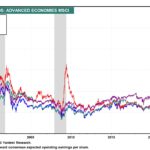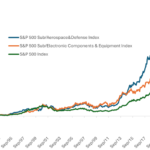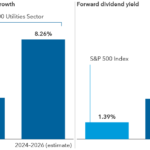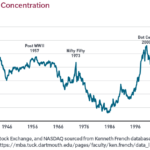Many emerging market (EM) investors consider commodities and energy as the best sectors to invest in those markets. This seem logical since many emerging markets are commodity based economies especially materials and oil. For example, Russia is a major oil exporter while Brazil is major exporter of natural resources and agricultural products.
While investing in emerging markets it is common for investors to go with these two sectors, in the long run the best performing sectors are consumer discretionary, consumer staples and health and not energy and materials according to an article by Charles Wilson, PhD of Thornburg Investment Management.
From the article:
Over the last 10- and 15-year periods, the MSCI emerging market consumer discretionary, consumer staples, and health care sectors have massively outperformed energy and materials. This outperformance included the period when oil prices increased by more than six times at the start of the last decade. For each period, all three sectors outperformed materials and energy substantially (See Chart 1). Even the period from the start of 2002 to the end of 2007, when global commodities saw their largest rally in decades, the health care, staples, and consumer discretionary sectors delivered respective annualized total returns of 19.5%, 17.3%, and 22%, which was roughly in line with the index return at 20%, with substantially lower risk as measured by volatility than that experienced in the materials and energy sectors. While we acknowledge that from time to time this strategy can lead to underperformance, we try not to make decisions with short-term performance in mind and instead continue to evaluate the long-term ability of our holdings to compound through a variety of economic environments.
Source: What’s Worked Lately in EM isn’t What’s Worked Long Term, Thornburg Investment Management
I agree with Charles’ argument. Equating emerging markets to just commodity investing is a wrong thesis. Another point to be noted is that energy and materials account for just about 8% each in the MSCI Emerging Markets Index. So in total they account for less than one of the index composition. So even if one were to follow the sector allocation of the index, these two sectors should not be the main focus of EM investors.
Investing directly in emerging market equities may not be suitable for some investors. The simplest way to gain exposure to these markets is via an ETF such as the iShares MSCI Emerging Markets ETF (EEM).
Disclosure: No Positions




